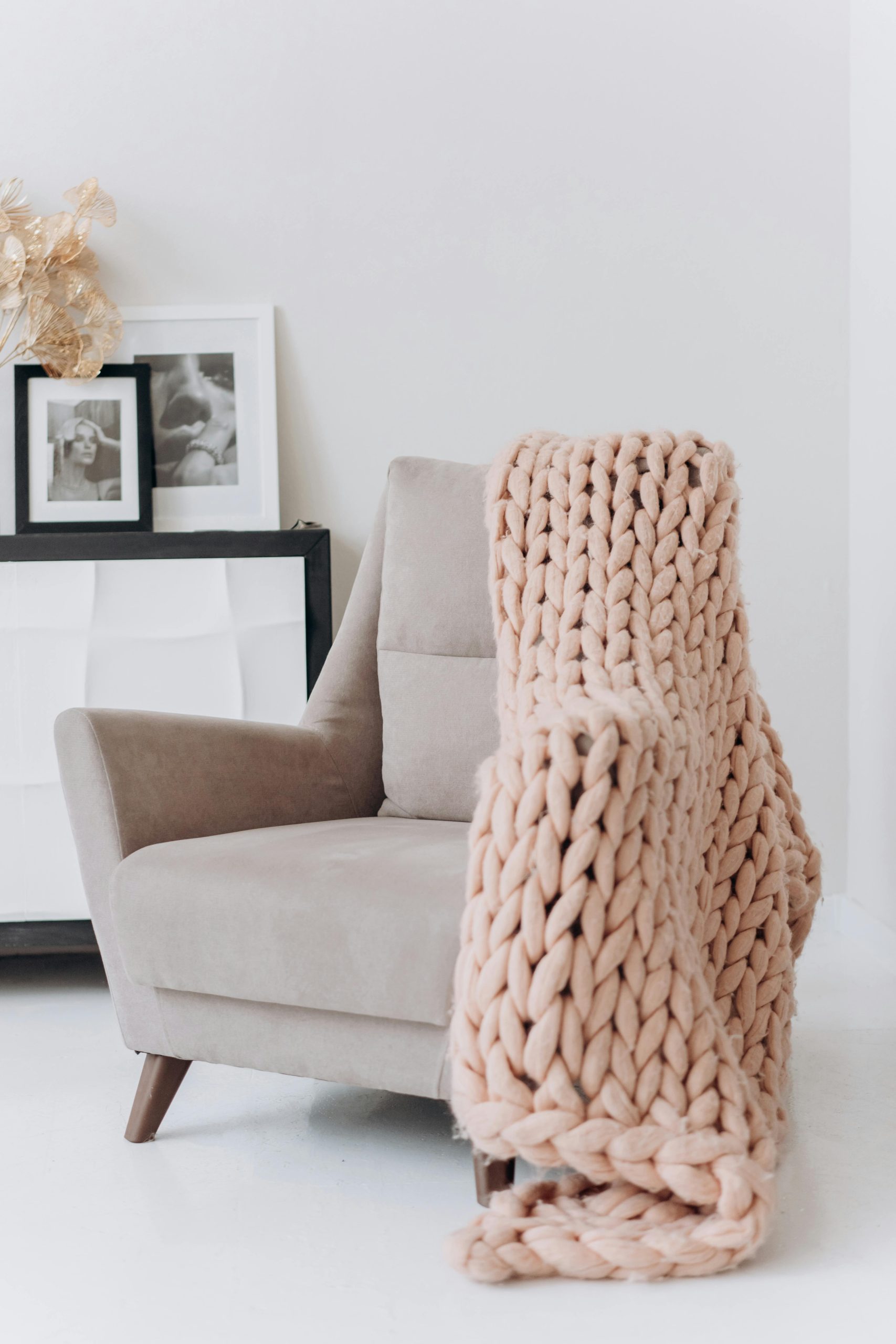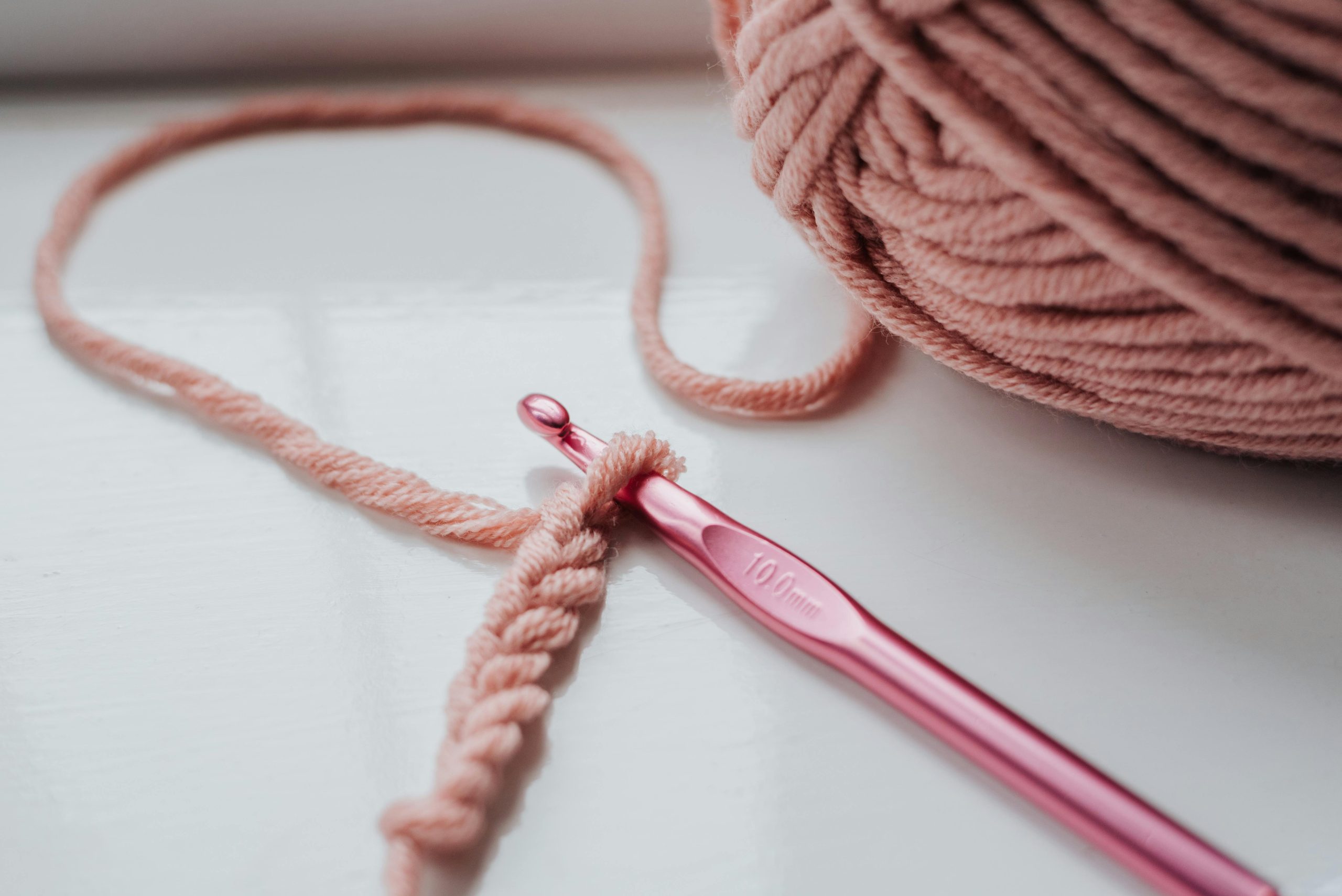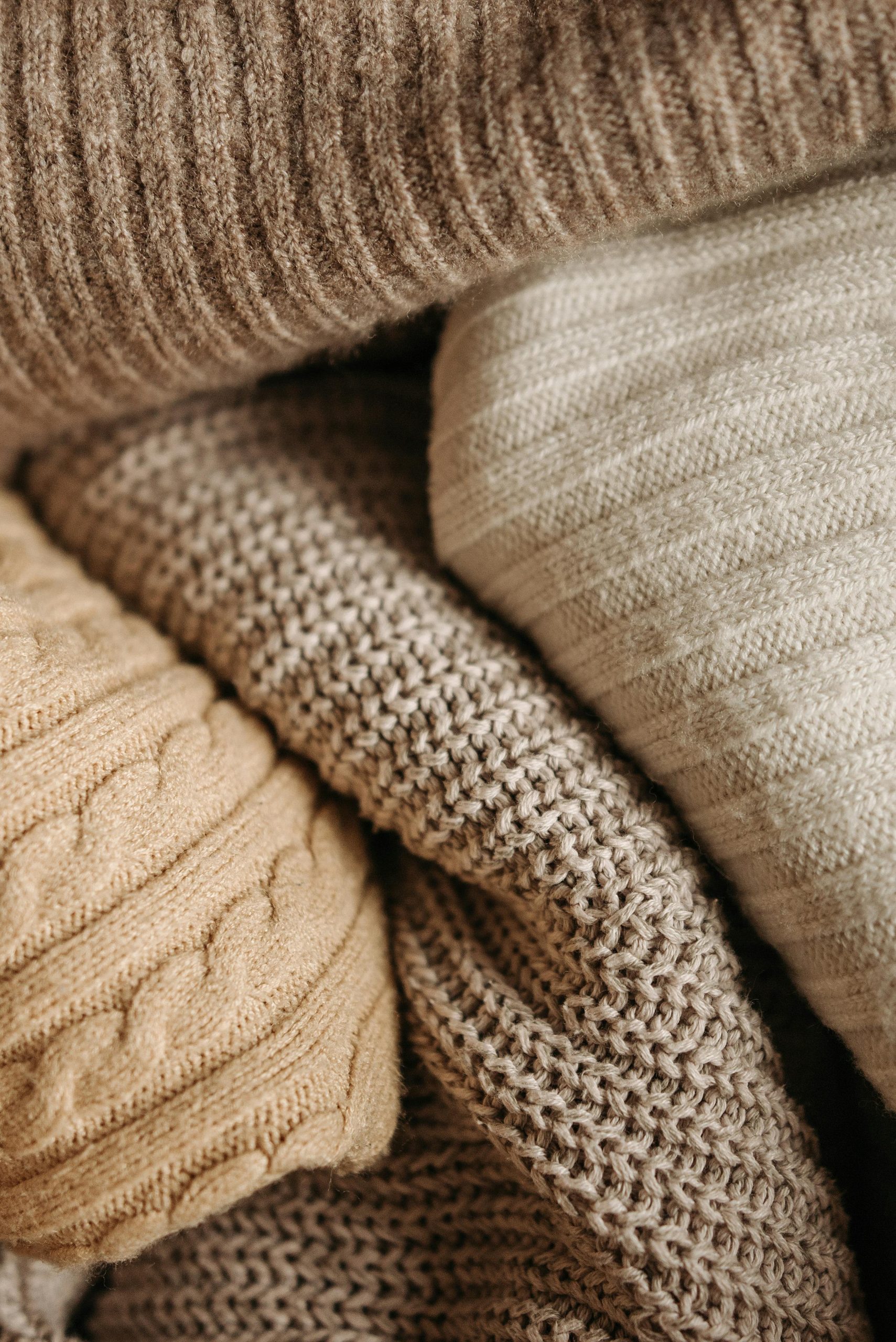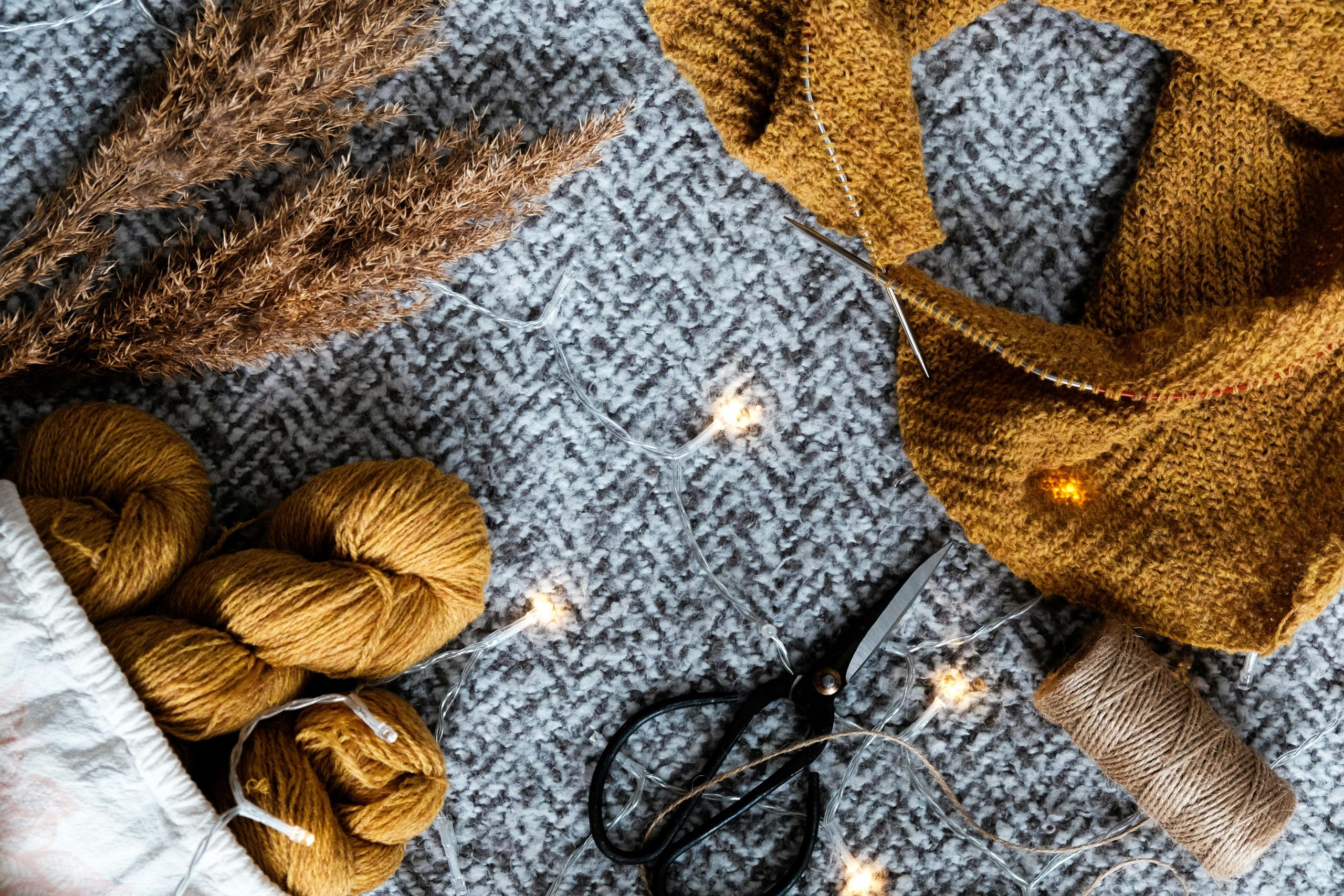When your sewing machine needle hits the plate, it can be frustrating and cause damage to both the needle and the plate. This issue can occur due to various factors, and understanding the reasons behind it can help you troubleshoot and fix the problem. In this article, we will explore the potential causes of a sewing machine needle hitting the plate and provide practical solutions to resolve the issue. By identifying and addressing the underlying issues, you can ensure smooth and trouble-free sewing with your machine.

1. Incorrect Needle Placement
One possible reason for the needle hitting the plate is incorrect needle placement. Here are some points to consider regarding needle placement:
- Needle Position: Make sure the needle is inserted correctly and securely into the needle clamp. If the needle is not positioned correctly, it can hit the plate during the sewing process.
- Needle Type: Ensure that you are using the correct type and size of needle for your sewing project. Using the wrong needle can cause it to hit the plate. For example, a needle that is too long or too thick for the fabric can hit the plate.
- Needle Alignment: Check the alignment of the needle with the needle hole on the plate. If the needle is not aligned properly, it can hit the plate during the up-and-down motion.

2. Incorrect Needle Threading
Incorrect needle threading can also lead to the needle hitting the plate. Here are some key points to consider regarding needle threading:
- Thread Tension: Improper thread tension can cause the needle to hit the plate. Make sure the thread is threaded correctly through the tension discs and that the tension is adjusted appropriately for the fabric you are sewing.
- Thread Path: Verify that the thread is following the correct path through the machine, including the thread guides, tension discs, and take-up lever. Incorrect thread path can cause the needle to hit the plate.
- Bobbin Winding: Improperly wound bobbins or incorrectly inserted bobbins can affect the thread tension and cause the needle to hit the plate. Ensure that the bobbin is wound evenly and inserted correctly into the bobbin case.

3. Machine Timing Issues
Timing issues within the sewing machine can also cause the needle to hit the plate. Here are some key points to consider regarding machine timing:
- Needle-Bar Height: The height of the needle bar needs to be adjusted correctly. If the needle bar is too high or too low, it can cause the needle to hit the plate during the sewing process.
- Hook Timing: The timing between the needle and the hook mechanism needs to be synchronized. If the hook is not catching the thread properly, it can cause the needle to hit the plate.
- Machine Maintenance: Regular machine maintenance, including oiling and cleaning, is essential to ensure proper machine timing. Lack of maintenance can lead to timing issues that result in the needle hitting the plate.

4. Fabric and Project Considerations
The type of fabric and the nature of your sewing project can also contribute to the needle hitting the plate. Here are some points to consider regarding fabric and project considerations:
- Fabric Thickness: If you are sewing thick or multiple layers of fabric, the needle may hit the plate. Consider using the appropriate needle size and type for thicker fabrics or adjusting the presser foot pressure to accommodate the fabric thickness.
- Seam Allowance: Sewing too close to the edge of the fabric or not leaving enough seam allowance can cause the needle to hit the plate. Ensure that you have enough space for the needle to pass through the fabric without hitting the plate.
- Project Complexity: Intricate and complex sewing projects may require careful maneuvering of the fabric, which can increase the chances of the needle hitting the plate. Take your time and pay attention to the needle and fabric interaction to avoid any collisions.
Conclusion
When your sewing machine needle hits the plate, it can be a frustrating issue that disrupts your sewing process. By understanding the potential causes and implementing thenecessary solutions, you can resolve this problem and ensure smooth sewing. Remember to check the needle placement, threading, machine timing, and consider fabric and project considerations. By addressing these factors, you can prevent the needle from hitting the plate and enjoy a seamless sewing experience.
Leave a Reply